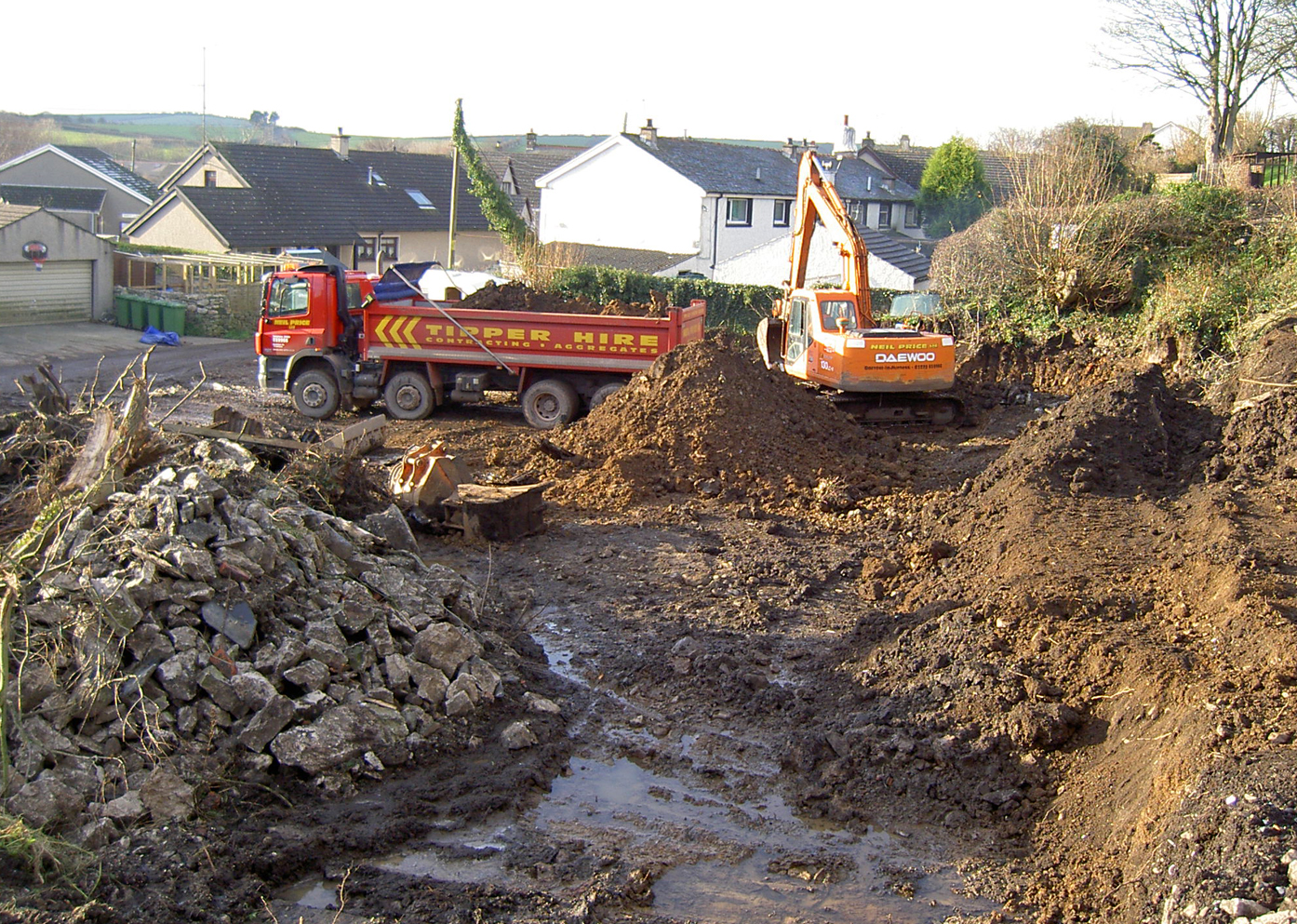Mill Road, Gleaston, Cumbria: Archaeological Watching Brief
Following a planning application for the construction of two dwellings on land at Mill Road, Gleaston an archaeological evaluation was carried out in 2006. This revealed well-preserved evidence of a former building on the site, probably a farmhouse of 17th century origin, residual medieval pottery, and features thought to be medieval in date. As a result of this, further work was requested comprising a watching brief to be undertaken on the west part of the site (Plot 1), which was thought likely to have the higher potential for having surviving medieval remains. The area in general has a high potential for archaeological remains, with evidence of activity dating back to the prehistoric period recorded from the vicinity of the village. Several medieval finds have also been made, the site is relatively close to Gleaston Castle and mill, both of which are medieval in origin, and the general morphology of the site suggests a similar date.
The results of the watching brief largely confirmed those of the evaluation, with further remains of the post-medieval building, evidence for later and contemporary activity, and additional dating evidence for some features. This revealed that at least one of the features previously thought likely to be medieval, a shallow stone filled ditch, is in fact more likely to be post-medieval in origin, and that any preserved evidence for medieval activity is likely to be closer to the road on the south of the site, and therefore undisturbed by the present development. It is evident that the site has been extensively terraced from quite an early date, which may also have removed traces of medieval activity from a large part of the site.
The majority of the features identified are therefore most likely to relate to the earliest recorded building on the site, which was probably constructed in the 17th century, and represent attempts to clear and improve the ground as part of this development. The medieval material discovered during the evaluation and watching brief is therefore undoubtedly residual and relates to truncated features.
The full report is available on the Archaeology Data Service website: https://archaeologydataservice.ac.uk/archiveDS/archiveDownload?t=arch-700-1/dissemination/pdf/greenlan1-40453_1.pdf




